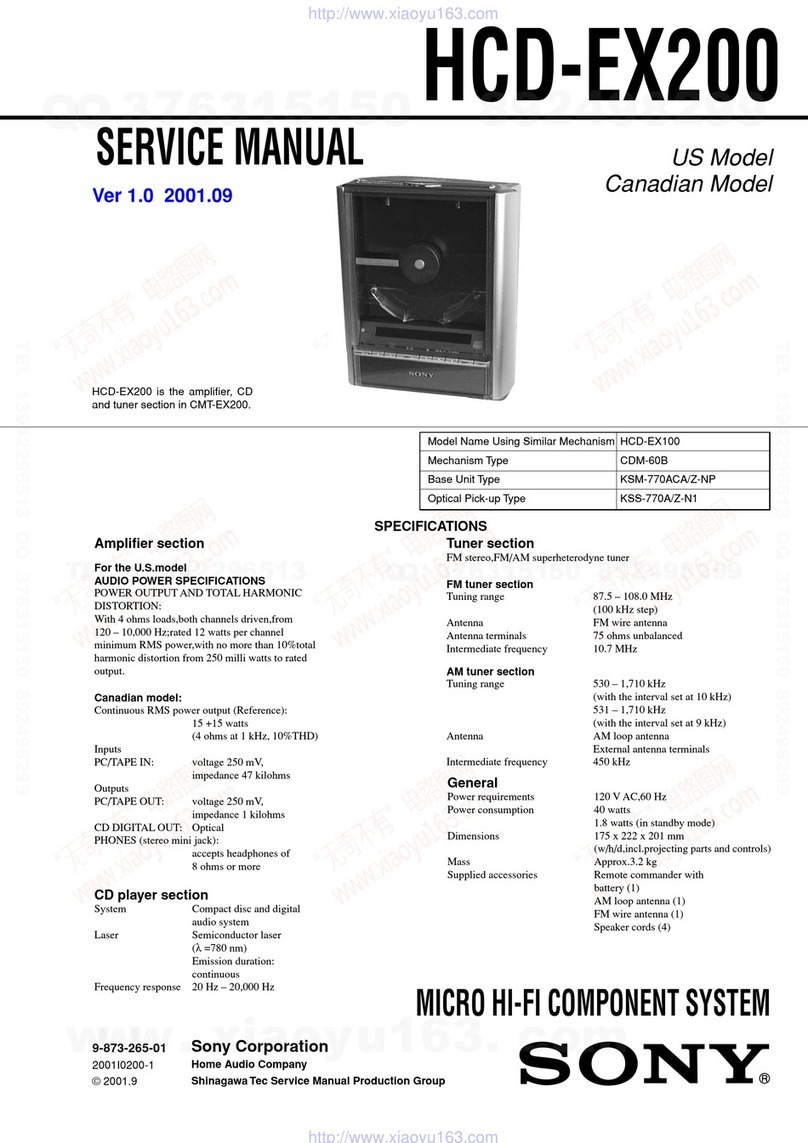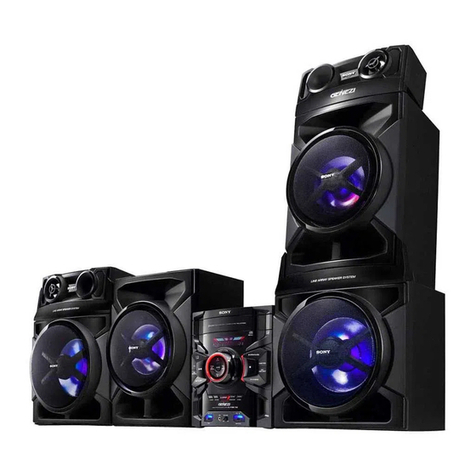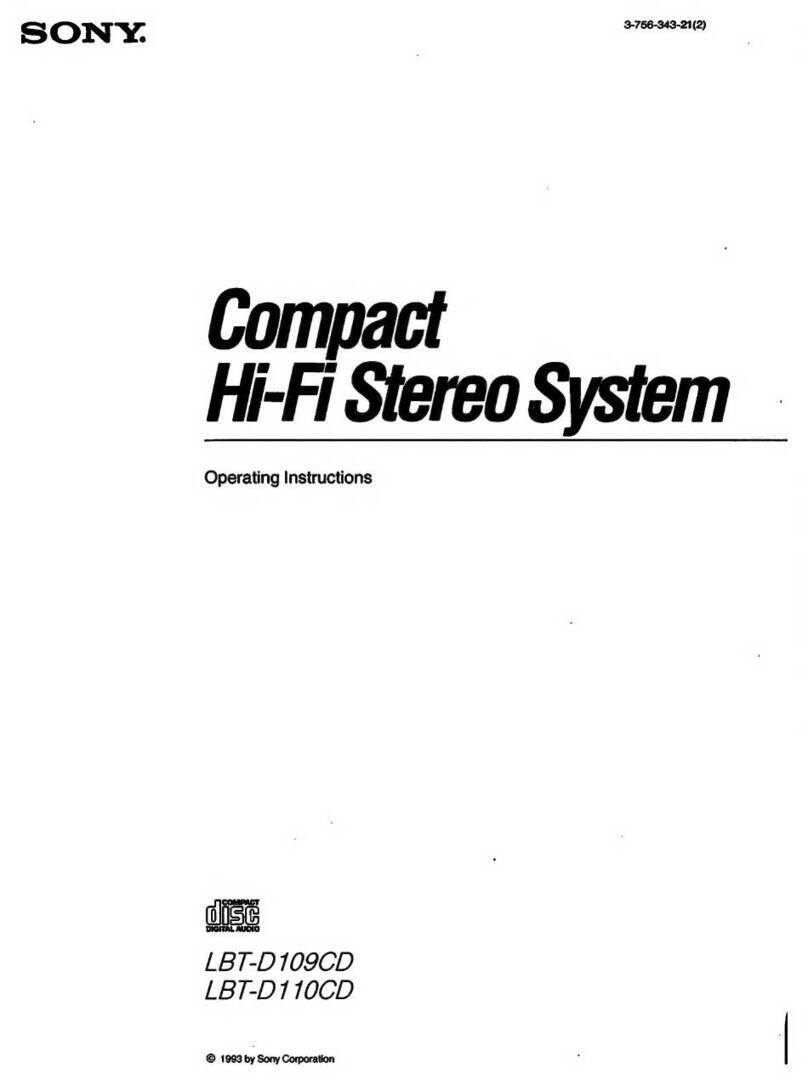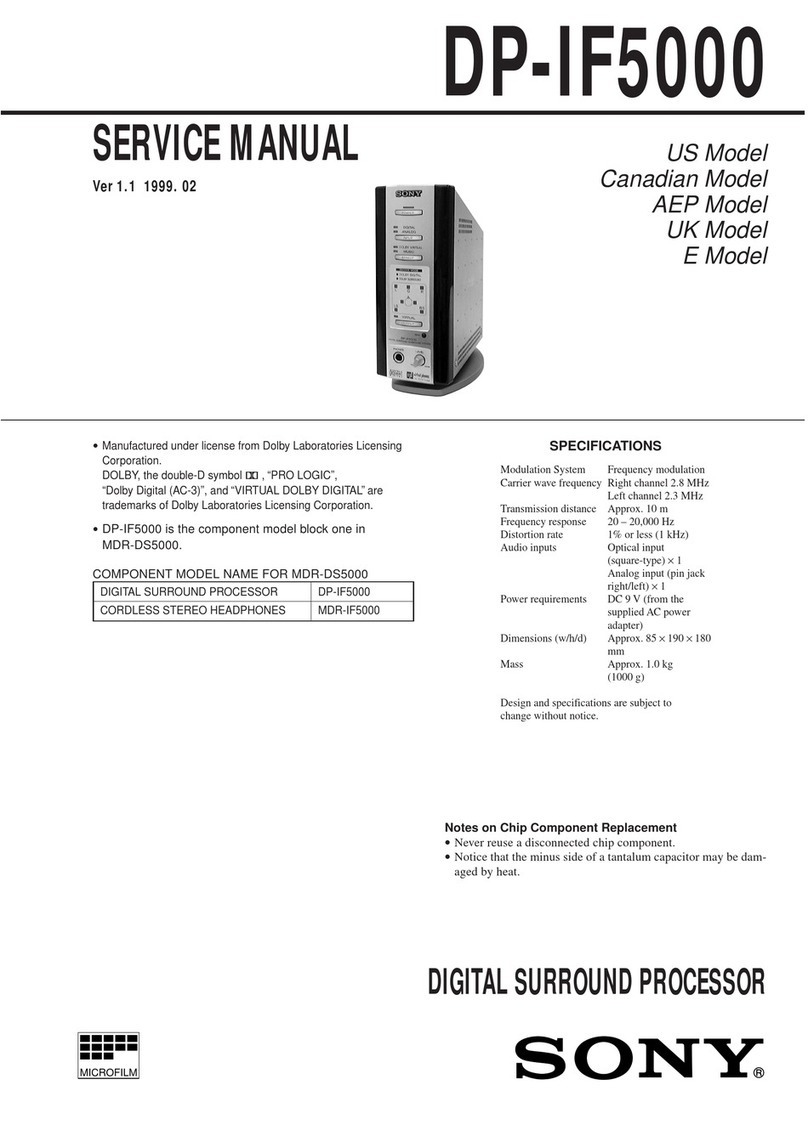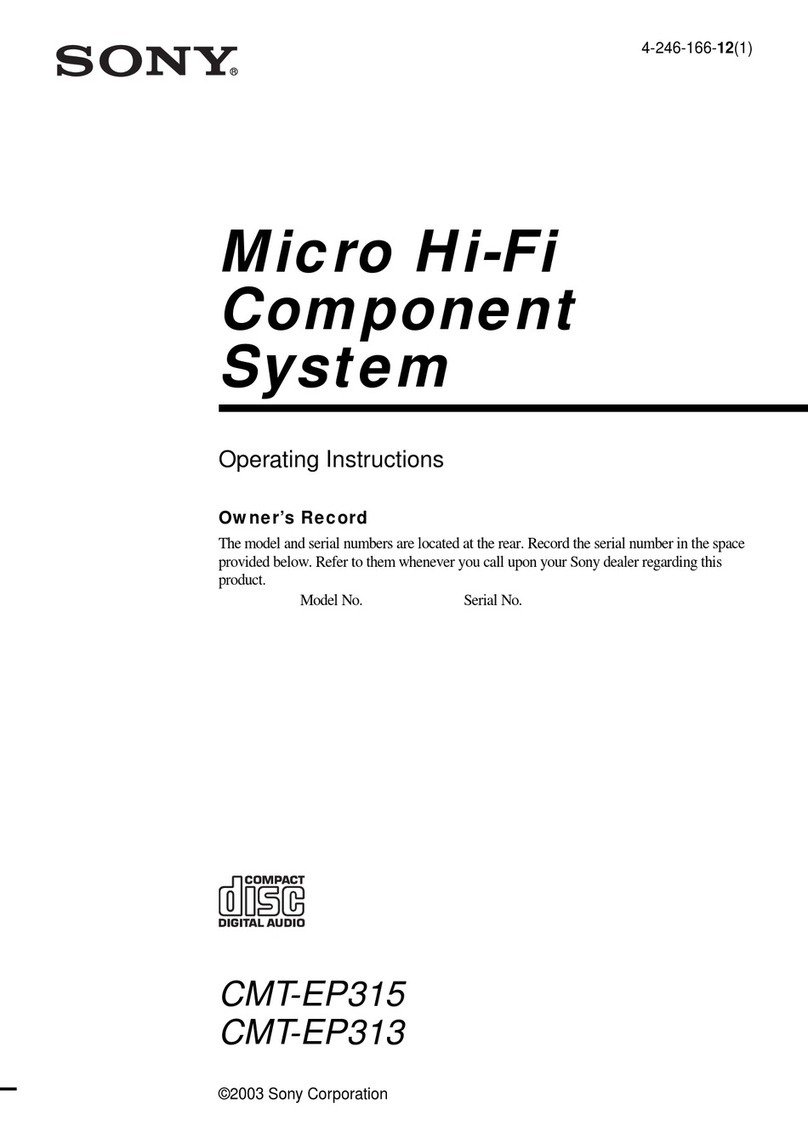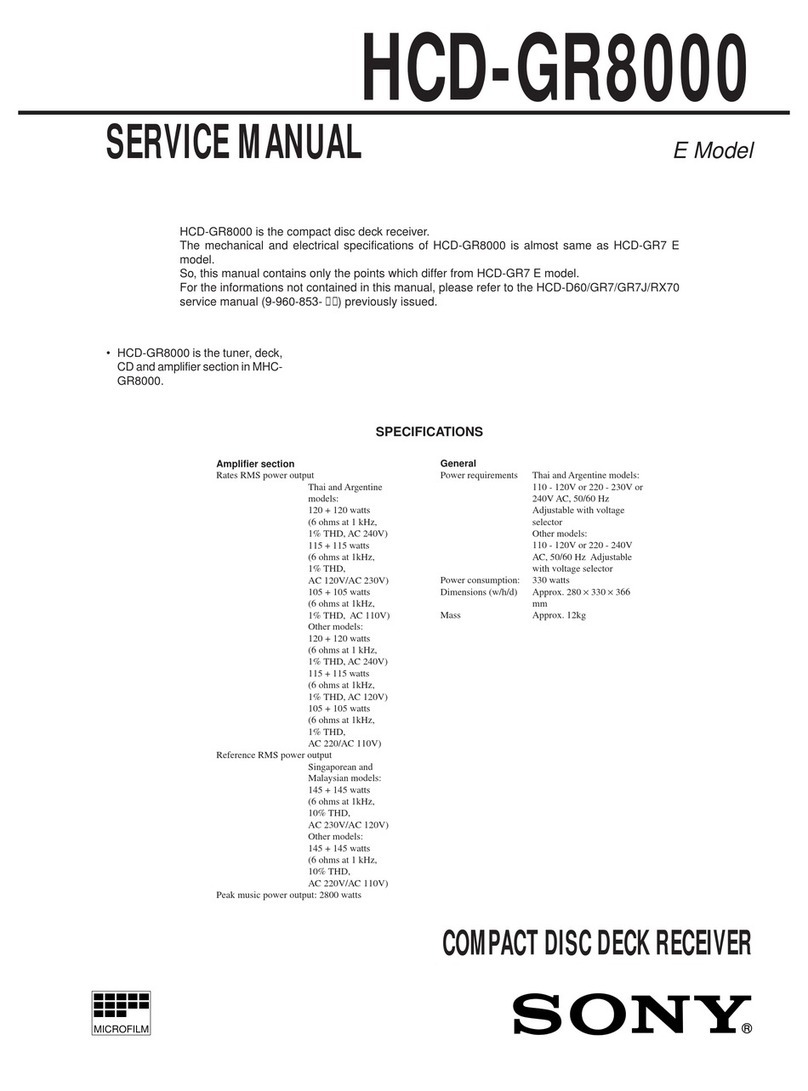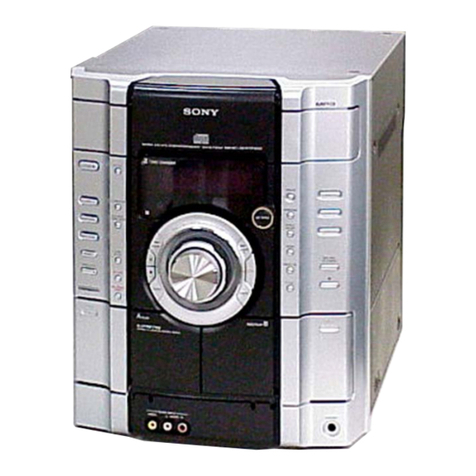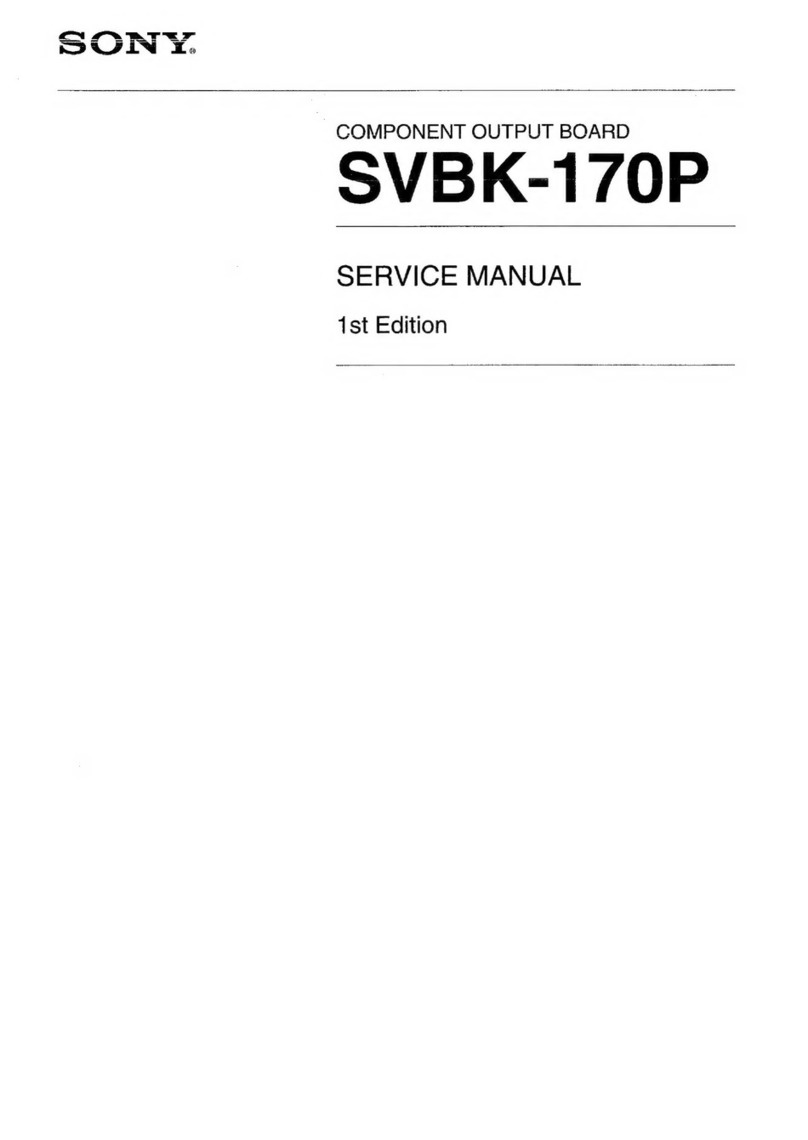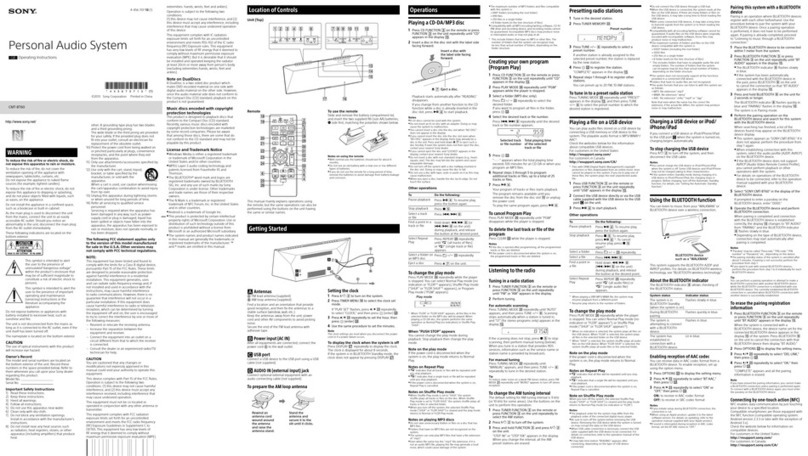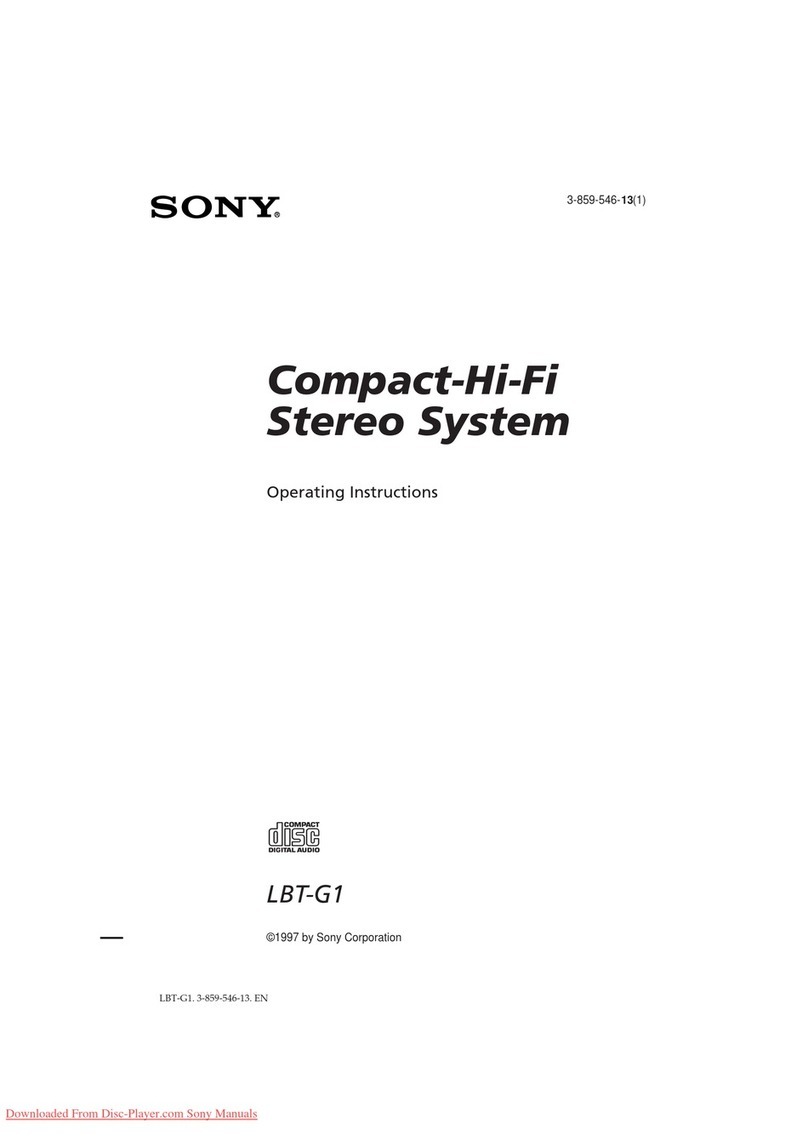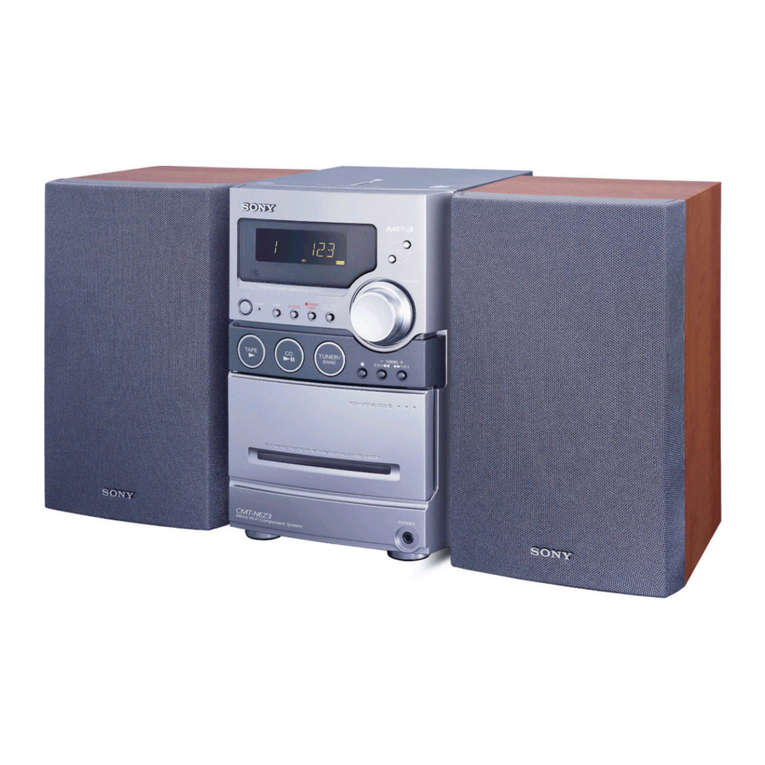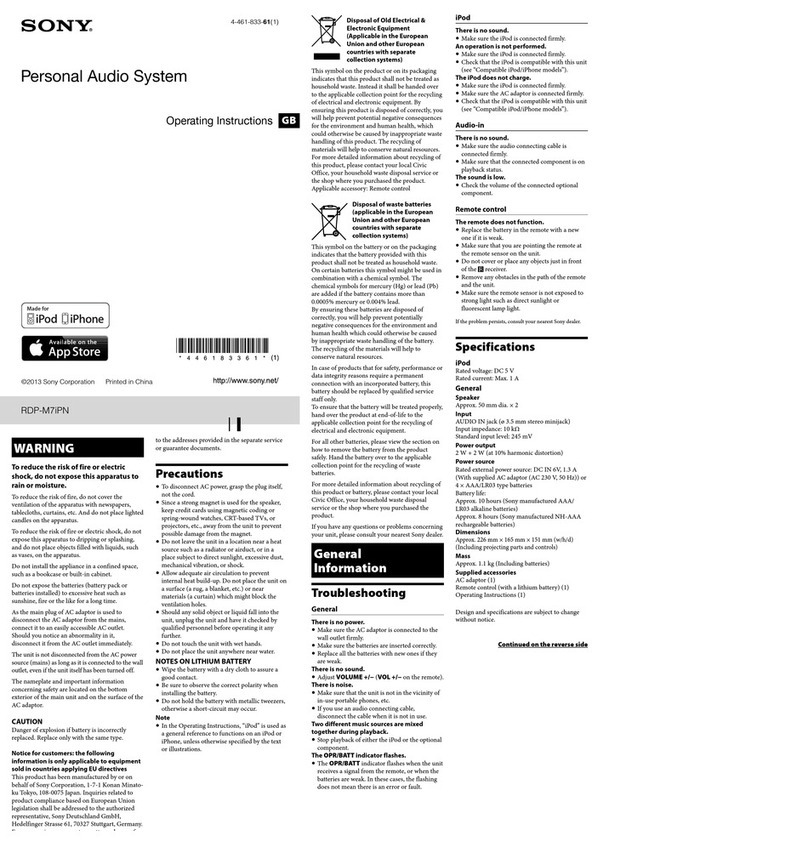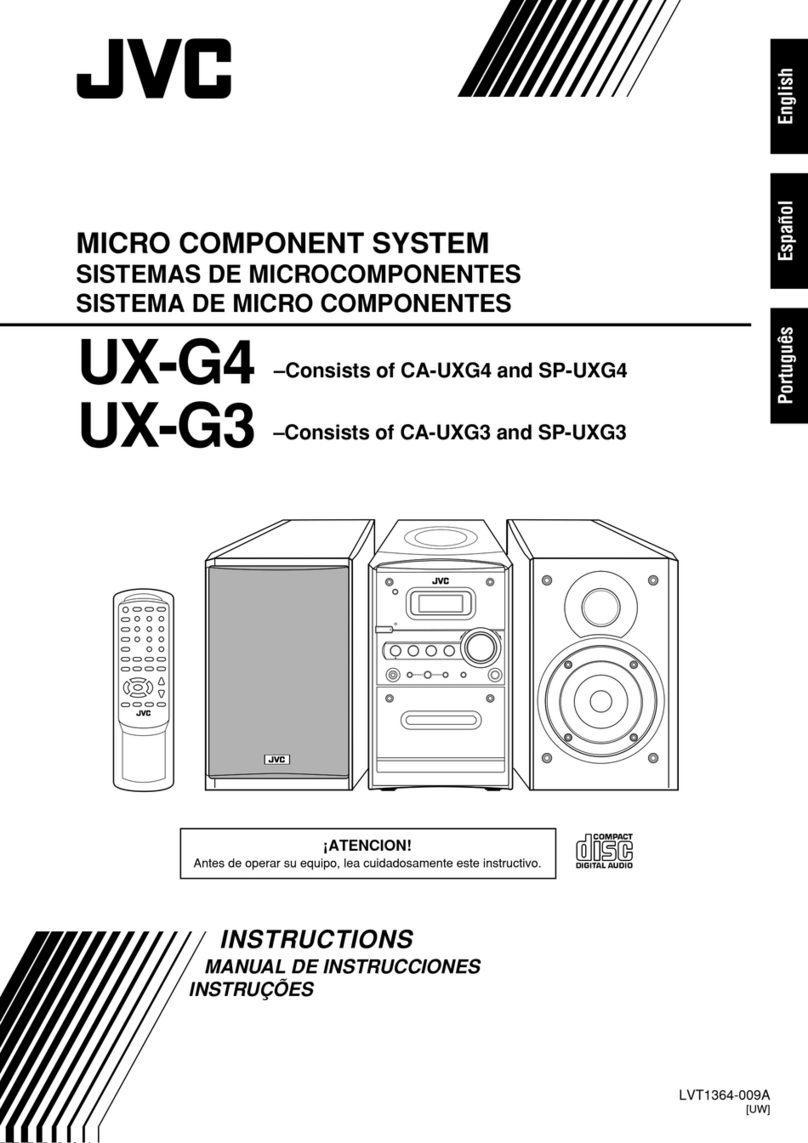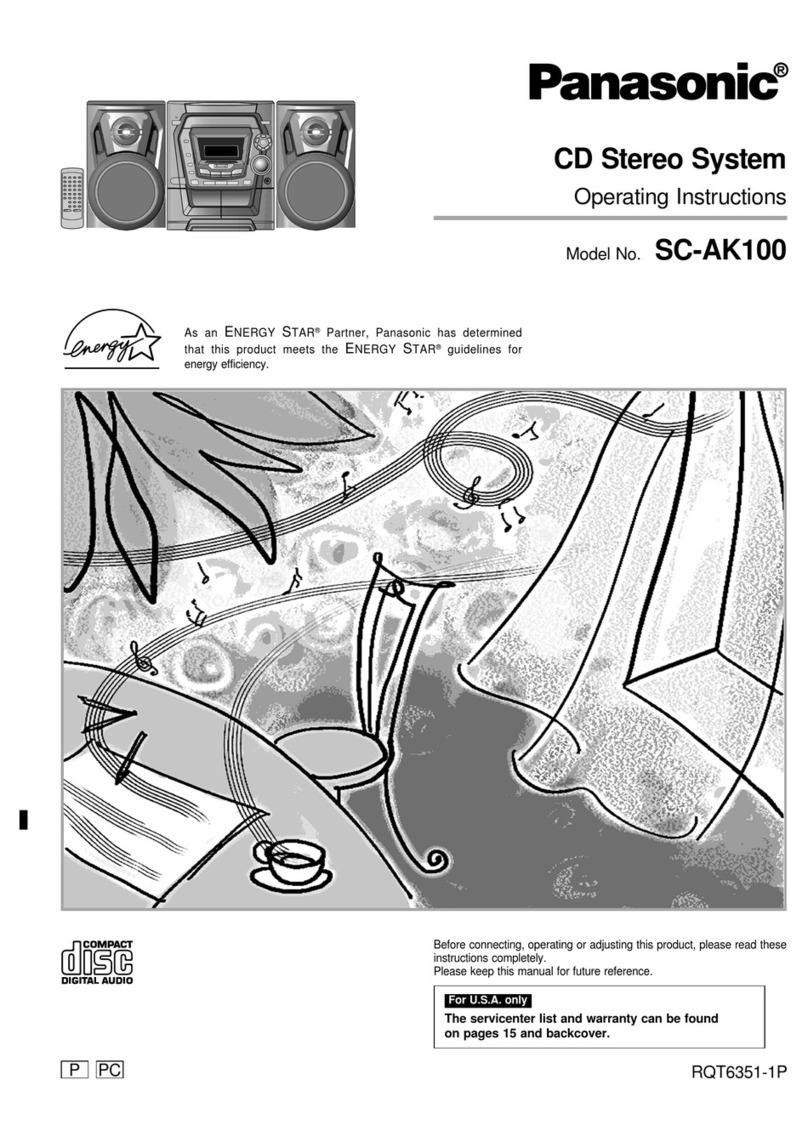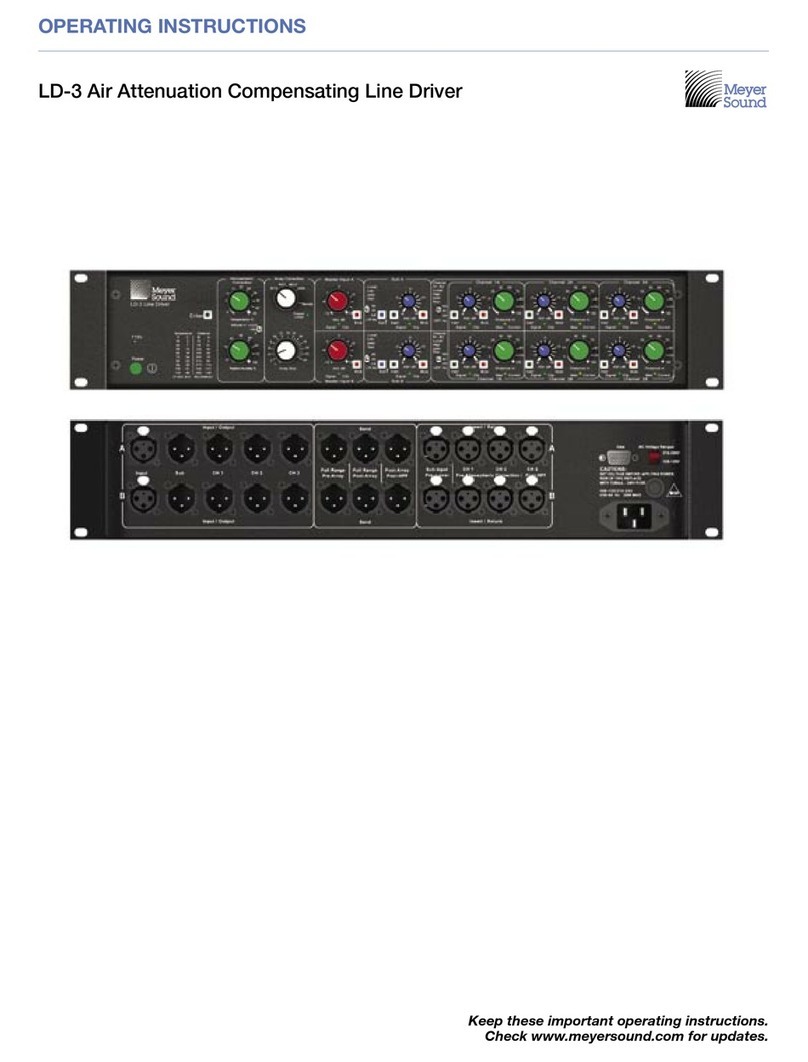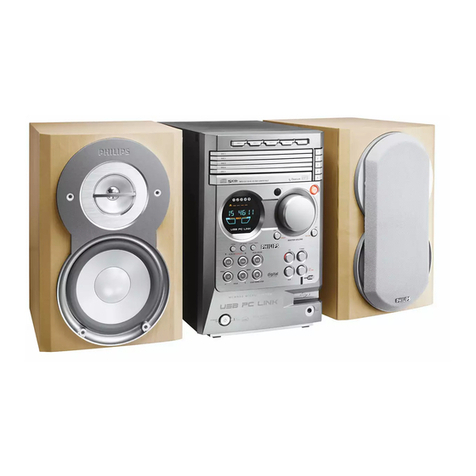
s
Fle)
(-Meym@olatasval
Introduction
PreCavtHOms
ssccssshs-Sesscstasacdenssteezesoelshcoskoesscalcoheebeatetsoceeclevee
tosaseeiees
3
Note
on
the
transit
key...
cssssssesecssscssssscssesessesssesscseeseesees
3
Getting
Started
Remote
COMMANAET
..........sscssssscssssssssecsscssssessersscssseacerecasecsenssess
4
Hooking
up
the
system
.......ccsssssssscsssscsecssssssesssesseesssssceseerseeses
5
Using
Your
Stereo
Setting
the
super
WOOPET
........ccssessecssscsssssssssecssccsseesscesseesrsecsees
Operating
SA-W551/SA-W552..
Selecting
the
level
meter
.............
Adjusting
the
phase
0.0...
sssssecsesssecessseessesseeese
Adjusting
the
audio
.........cssssssssssssssesssssecsneessssessseeees
Adjusting
the
super
woofer
level
..
Volume
adjustment
..........sesesssseseeee
Adjusting
balance.......ssssssssscsssssenees
Adjusting
the
bass
and
the
treble
sound
she
Getting
ready
for
dolby
surround
sound..............
sincbuscusoeions
Placement
of
speakers
and
selecting
the
PRO
LOGIC
MODE
wescssstsctesissstuanssecessuatehstdboussnnes
decscassncactebinovesasabaste
Adjusting
the
speaker
volume
Adjusting
the
delay
time
of
the
rear
speakers
Selecting
a
program
SOUICE
.......ssssssssssecssesessseessneesseeess
_
Listening
with
the
surround
effect...
Receiving
broadcast
.......sesssecssscssecsssescsseecssees
Storing
station
frequencies
into
memory
.
Tuning
in
a
stored
station
wi.
.cesssecsseseceeee
Scanning
the
stored
station
........c.sssseee
Playing
back
tapes
(on
either
deck
A
OF
B)
...csssesscsesssseseseeeses
Playing
back
both
decks
in
succession
-
Relay
play
.............
17
Playing
back
automatically
after
rewinding
-
AUitO
PAY.
sassssssnvesssssseissssessoonssnasonnsssssonsassenisccecraseesenbecsnsessivussibe
18
Recording
on
tapes
(Deck
B)
w...scscssssssseccccsnseccssessssssssssesssnees
18
Dubbing
tapes
(from
deck
A
to
B)
......ssssscsssscssesseesssesssteesseeees
20
Playing
the
discs
-
Continuous
play
..........scssssssssesessssssssneesssees
21
Information
display
..........ssscsssssscsssssssessssesessecssesesseeseesessees
22
Selecting
a
desired
disc
.....c.scscssssssesssssecsssssssecssessseesssessseees
23
Locating
a
particular
selection
.........ccssscssssesssessseesssesseessseees
23
Locating
a
particular
point
in
a
Selection
.........ssssssseeeeees
23
Playing
in
a
random
order
-
Shuffle
play
.......s.c.cssesse
wn
24
Shuffle
play
on
specified
disc
-
Select
shuffle
play
...........24
Playing
in
a
desired
order
-
Program
play
..........s::00
2D
Designating
the
total
playing
time
-
Time
edit.............000.
27
Playing
repeatedly
-
Repeat
play
.........sssesscssssssesssesssseessseesssse
28
General
Maintenance
.......csssssssssesssssseseecseesvecseecnsecsssesssesssecsscesscsecessessesenes
Specifications
..............
Troubleshooting
Remote
Commander
The
remote
commander
supplied
with
this
unit
can
control
HCD-551
and
SA-W551/SA-W552
from
a
distance.
Battery
life
About
half
a
year
of
normal
operation
can
be
expected
when
using
the
Sony
SUM-3
(NS)
batteries.
When
the
batteries
are
exhausted,
the
remote
commander
can
no
longer
operate
the
unit.
If
this
happens,
replace
both
batteries
with
new
ones.
To
avoid
battery
leakage
When
the
commander
is
not
to
be
used
for
a
long
time,
remove
the
batteries
to
avoid
damage
caused
by
battery
leakage
and
corrosion.
Inserting
the
batteries
into
the
remote
commander
2
Insert
two
size-AA
(R6)
1
Open
the
cover.
4
batteries
with
correct
